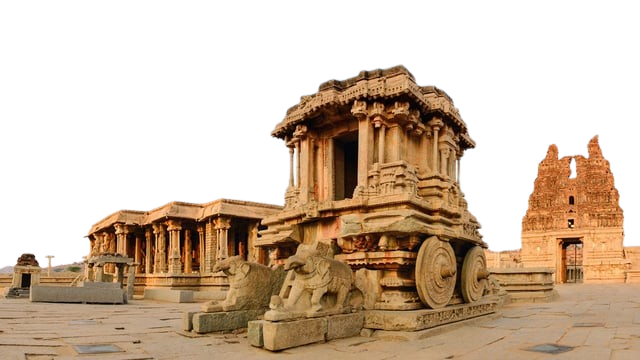International Conference on the Life and Living Legacy of Padmasambhava Held at Nalanda.
The ancient seat of learning, Nalanda in Bihar, recently hosted a significant event that brought together scholars, monks, and cultural enthusiasts from around the world. The International Buddhist Confederation (IBC), in collaboration with the Nava Nalanda Mahavihara, organized a two-day International Conference focused on the life and enduring legacy of Padmasambhava, a revered figure in Buddhism. This conference not only celebrated the teachings and influence of Padmasambhava but also highlighted Nalanda’s pivotal role in the spread of Buddhism across Asia.
The Importance of Padmasambhava
Padmasambhava, also known as Rinpoche, is a central figure in Tibetan Buddhism and is credited with spreading Buddhism to Tibet in the 8th century. His teachings, which blend Buddhist principles with indigenous practices, have shaped the spiritual landscape of the Himalayan region and beyond. Often referred to as the “Second Buddha,” Padmasambhava’s influence extends across centuries, making his life and teachings a crucial area of study for scholars and practitioners alike.
Conference Highlights
The two-day conference at Nalanda featured a series of lectures, discussions, and cultural programs aimed at exploring the multifaceted legacy of Padmasambhava. Scholars from various countries presented research on his life, teachings, and the impact of his work on Buddhist traditions. The event also included discussions on the preservation of ancient texts and the transmission of Padmasambhava’s teachings in contemporary times.
One of the key themes of the conference was the relevance of Padmasambhava’s teachings in today’s world, particularly in promoting peace, compassion, and understanding among different cultures. The conference provided a platform for dialogue between scholars of Buddhism, practitioners, and students, fostering a deeper understanding of Padmasambhava’s contributions to global spiritual heritage.
Nalanda: A Historic Venue
Nalanda, with its rich history as a center of Buddhist learning, was a fitting venue for this international conference. The ruins of the ancient Nalanda University, once a thriving center of knowledge, provided a historical backdrop that underscored the enduring connection between the teachings of Padmasambhava and the legacy of Nalanda. The Nava Nalanda Mahavihara, an institution dedicated to the revival of ancient Buddhist studies, played a pivotal role in organizing this event, continuing the tradition of scholarly inquiry that Nalanda is known for.
Cultural Significance
The conference was not just an academic gathering but also a cultural celebration. The event featured traditional Tibetan performances, chants, and exhibitions that showcased the rich cultural heritage associated with Padmasambhava. These cultural elements highlighted the deep-rooted connections between Buddhism and the artistic traditions of the Himalayan region.
Conclusion
The International Conference on the Life and Living Legacy of Padmasambhava at Nalanda, Bihar, was a momentous event that brought global attention to the teachings and impact of one of Buddhism’s most influential figures. Organized by the International Buddhist Confederation in collaboration with the Nava Nalanda Mahavihara, the conference underscored the relevance of Padmasambhava’s teachings in the modern world and reinforced Nalanda’s status as a hub of Buddhist learning and culture. This event not only honored the past but also looked forward to the continued study and preservation of Buddhist traditions in the future.



